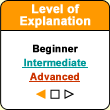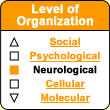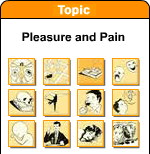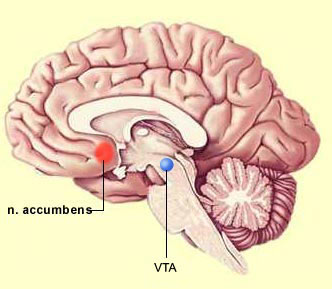If a sensory stimulus does not provide
us with any reward or any punishment, we quickly ignore and forget
it. This phenomenon is called habituation. It is what makes us stop
being aware of the feeling of clothes against our skin, or the ticking of the
clock on the office wall.
Since these stimuli are not associated with
anything positive or negative, we simply ignore them, thus freeing up our attention
for any actual rewards or dangers that may come our way.
This mechanism
lets us select, out of all the information that reaches our senses, the particular
information that is of value to us as organisms. Generally, this is only a tiny
proportion of all the information that our senses perceive. | 




